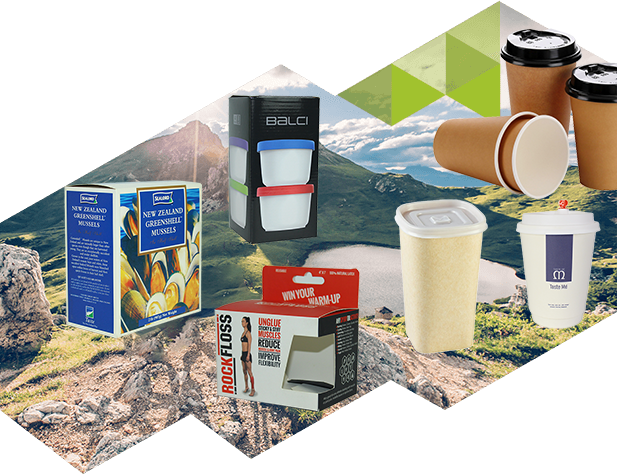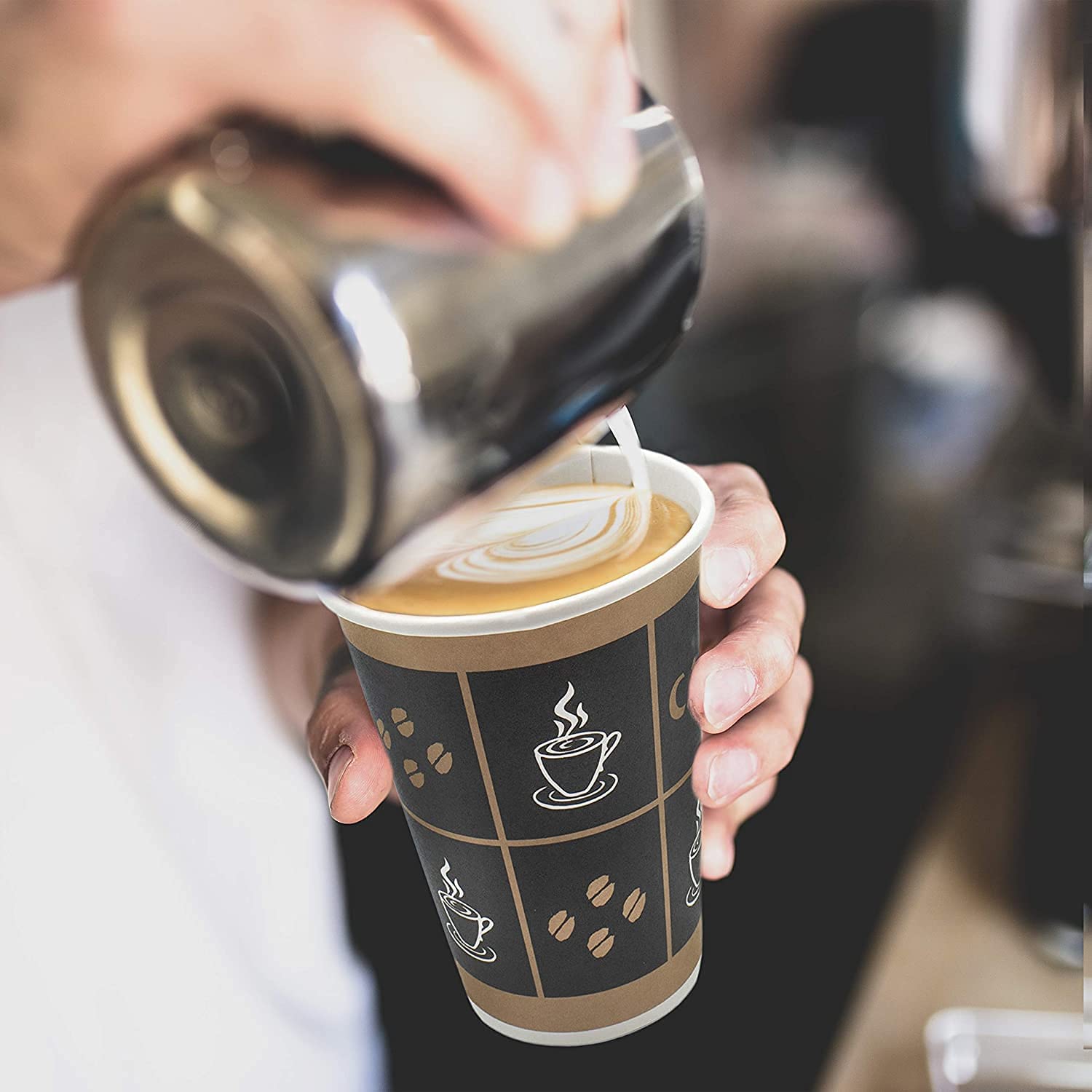III. Design and manufacturing process of paper cups
As a disposable container, paper cups need to consider many factors in the design and manufacturing process. Such as capacity, structure, strength, and hygiene. The following will provide a detailed introduction to the design principle and manufacturing process of paper cups.
A. Design principles of paper cups
1. Capacity. The capacity of a paper cup is determined based on actual needs. This usually includes common capacities such as 110 ml, 280 ml, 420 ml, 520 ml, 660 ml, etc. The determination of capacity needs to consider both user needs and product usage scenarios. For example, daily drinks or fast food use.
2. Structure. The structure of a paper cup mainly consists of the cup body and the cup bottom. The cup body is usually designed in a cylindrical shape. There are edges at the top to prevent beverage overflow. The bottom of the cup needs to have a certain level of strength. This allows it to support the weight of the entire paper cup and maintain a stable placement.
3. Heat resistance of paper cups. The pulp material used in paper cups needs to have a certain degree of heat resistance. They can withstand the temperature of hot drinks. For the use of high-temperature cups, a coating or packaging layer is usually added to the inner wall of the paper cup. This can increase the heat resistance and leak resistance of the paper cup.
B. The manufacturing process of paper cups
1. Pulp preparation. Firstly, mix wood pulp or plant pulp with water to make pulp. Then the fibers need to be filtered out through a sieve to form a wet pulp. Wet pulp is pressed and dehydrated to form wet cardboard.
2. Cup body molding. Wet cardboard is rolled into paper through a rewinding mechanism. Then, the die-cutting machine will cut the paper roll into appropriately sized paper pieces, which are the prototype of the paper cup. Then the paper will be rolled or punched into a cylindrical shape, known as the cup body.
3. Cup bottom production. There are two main ways to make cup bottoms. One method is to press the inner and outer backing paper into concave and convex textures. Then, press the two backing papers together through a bonding method. This will form a strong cup bottom. Another way is to cut the base paper into a circular shape of appropriate size through a die-cutting machine. Then the backing paper is bonded to the cup body.
4. Packaging and inspection. The paper cup produced through the above process needs to undergo a series of inspections and packaging processes. Visual inspection and other performance tests are usually conducted. Such as heat resistance, water resistance testing, etc. Qualified paper cups are sanitized and packaged for storage and transportation.




